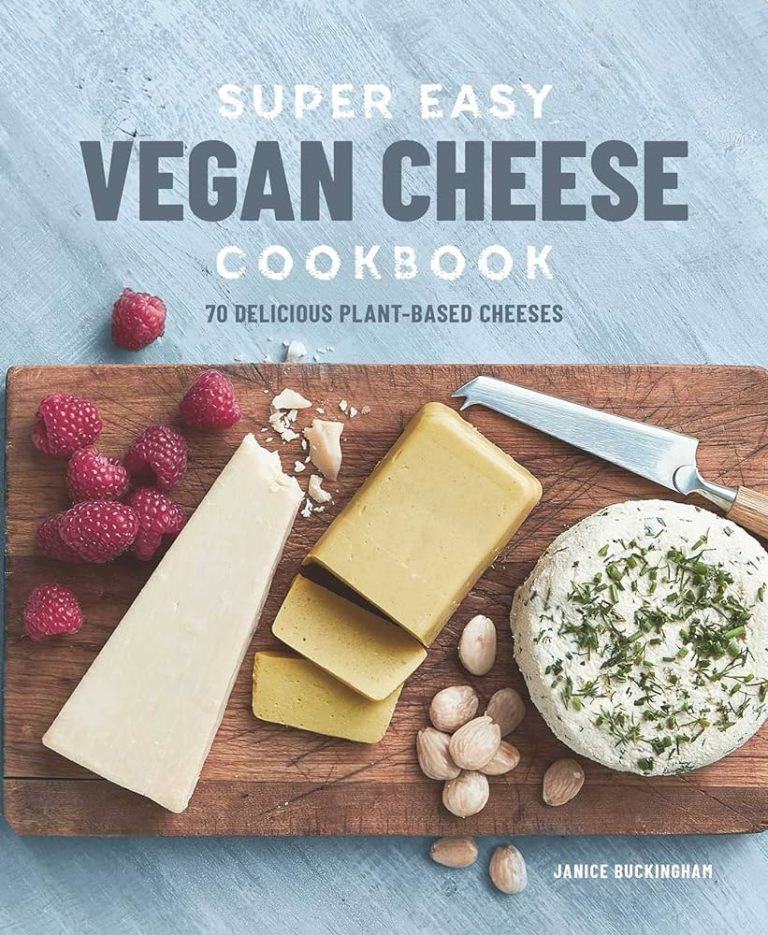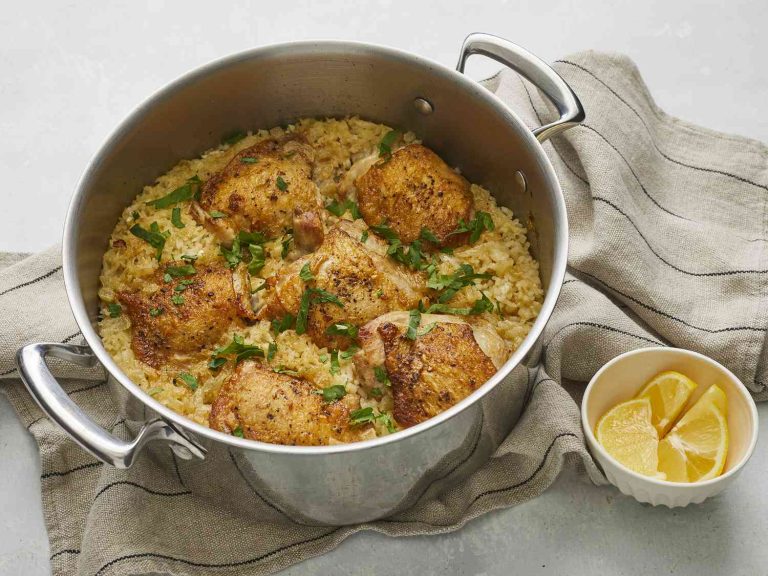Garlic Aioli: The Ultimate Guide to This Creamy Mediterranean Sauce
Garlic aioli, rooted in Mediterranean cuisine, is a creamy sauce traditionally made from garlic, olive oil, and salt. This condiment traces back to Catalonia, Spain, where “aioli” directly translates to “garlic oil.” Authentic versions require laborious emulsification of oil and garlic, reflecting its artisanal origins. Contemporary recipes often include egg yolks or mustard for ease of preparation and to ensure a stable emulsion.
Culinary Uses
Garlic aioli serves as a versatile condiment in many dishes. For instance, it enhances sandwiches, burgers, and seafood with its rich flavor. You can use garlic aioli as a dip for vegetables, fries, or even calamari. Salads benefit from its creamy texture when used as a dressing. Additionally, it’s a popular accompaniment for grilled meats, ensuring a garlicky, indulgent taste.
Key Ingredients of Garlic Aioli
Garlic: The Star Component
Garlic forms the core of garlic aioli, providing its distinctive robust flavor. Fresh garlic cloves, crushed or minced, ensure maximum aroma and taste. Using high-quality garlic prevents bitter aftertastes. Allium sativum, commonly known as garlic, belongs to the onion genus. Its sulfur compounds, such as allicin, contribute to its potent aroma and health benefits.
Oil Selection and Its Impact
Oil plays a crucial role in achieving the creamy consistency of garlic aioli. Olive oil, traditionally used, imparts a rich, slightly fruity flavor. Extra virgin olive oil is the preferred choice for its purity and taste. However, using neutral oils like canola or sunflower can yield a milder aioli, letting the garlic shine through. Blending oils offers a balanced flavor profile while maintaining the sauce’s desired texture. Proper emulsification ensures a smooth, stable aioli, crucial for an authentic culinary experience.
Making Garlic Aioli at Home
Traditional Method vs. Modern Twists
Garlic aioli, traditionally, involves grinding fresh garlic with a mortar and pestle. Blend garlic, salt, and olive oil until emulsified. This method demands time and precision for a smooth texture.
Modern variations simplify the process. Use a food processor or blender to combine garlic, egg yolk, mustard, and oil. The mustard stabilizes the emulsion, ensuring a thicker and more durable sauce. This method is quicker but maintains that authentic flavor.
Tips for the Perfect Emulsion
Achieve a stable aioli through careful technique. First, ensure all ingredients are at room temperature. Cold ingredients hamper emulsification.
Start by incorporating garlic, egg yolk, and mustard in your blending device. Slowly add oil in a thin stream. Rapid addition of oil breaks the emulsion, resulting in a separated mix.
Monitor the consistency. If it becomes too thick, add water or lemon juice. This adjustment thins out the aioli while maintaining the emulsion.
Using high-quality oils, like extra virgin olive oil, yields a richer taste. Alternatively, neutral oils like canola offer a milder flavor, letting the garlic shine.
Health Benefits and Considerations
Nutritional Profile of Garlic Aioli
Garlic aioli, a rich and flavorful sauce, offers nutritional components worth noting. A tablespoon of traditional garlic aioli provides about 100 calories, 10 grams of fat, and minimal carbohydrates, making it high in fat content. The fats include monounsaturated fats from olive oil if using extra virgin, which promotes heart health. Garlic itself adds negligible calories but includes vitamins C and B6, manganese, and selenium.
Dietary Considerations
When consuming garlic aioli, it’s crucial to consider dietary limitations. High-fat content may concern those on low-fat diets. If using raw egg yolks in recipes, the risk of foodborne illness like salmonella increases; use pasteurized eggs to mitigate this. Garlic aioli is inherently suitable for ketogenic and low-carb diets, given its macronutrient composition. However, ensure no added sugars if adhering to strict dietary guidelines.
Popular Dishes Featuring Garlic Aioli
From Sandwiches to Seafood
Garlic aioli enhances a wide range of dishes, from sandwiches to seafood. For sandwiches, it adds a rich, creamy texture and a burst of garlic flavor. Popular options include grilled chicken sandwiches and turkey clubs. On seafood, garlic aioli pairs well with grilled shrimp, fish tacos, and crab cakes. The sauce complements the natural flavors of seafood, offering a delightful contrast.
Burgers and Fries
Garlic aioli elevates classic burgers and fries into gourmet meals. Replace traditional condiments like ketchup and mustard with garlic aioli on beef or veggie burgers. Serve it as a dipping sauce for fries, whether they are traditional potato or sweet potato fries. The aioli adds a garlic-infused touch that enhances every bite.
Salads
In salads, garlic aioli serves as a delicious dressing option. Use it in place of traditional vinaigrettes on mixed greens, Caesar salads, and potato salads. The creamy texture and garlicky taste complement the crisp vegetables and mix well with other ingredients like croutons and hard-boiled eggs.
Appetizers
Garlic aioli shines in appetizers, providing a flavorful dipping sauce. Serve it with roasted vegetables, calamari, or bruschetta. It also pairs perfectly with fried offerings such as mozzarella sticks or onion rings, providing a zesty finish to each bite.
Grilled Meats and Vegetables
Garlic aioli brings out the best in grilled meats and vegetables. Spread it on grilled chicken, steak, or lamb for an added layer of flavor. Use it as a dipping sauce for grilled vegetables like zucchini, bell peppers, and asparagus. The aioli enhances the smoky char and adds a creamy texture.
Pasta Dishes
In pasta dishes, garlic aioli creates a unique and flavorful sauce. Mix it into pasta primavera, shrimp scampi, or carbonara for a garlicky twist. It pairs well with both long noodles like spaghetti and short varieties like penne, integrating smoothly into the dish.
These are just a few examples of how garlic aioli can elevate your meals, from sandwiches to pasta. The versatility of this Mediterranean sauce makes it an excellent addition to various culinary creations, enhancing both flavor and texture.
Conclusion
Garlic aioli stands out as a versatile and flavorful addition to your culinary repertoire. Its rich, creamy texture and robust garlic flavor can transform even the simplest dishes into gourmet experiences. Whether you’re pairing it with seafood, spreading it on sandwiches, or drizzling it over grilled vegetables, garlic aioli enhances both flavor and texture in a way that few other sauces can.
By using high-quality ingredients and mastering the emulsion process, you can create a garlic aioli that’s both delicious and nutritious. Embrace this Mediterranean staple and discover how it can elevate your everyday meals to something truly special.





